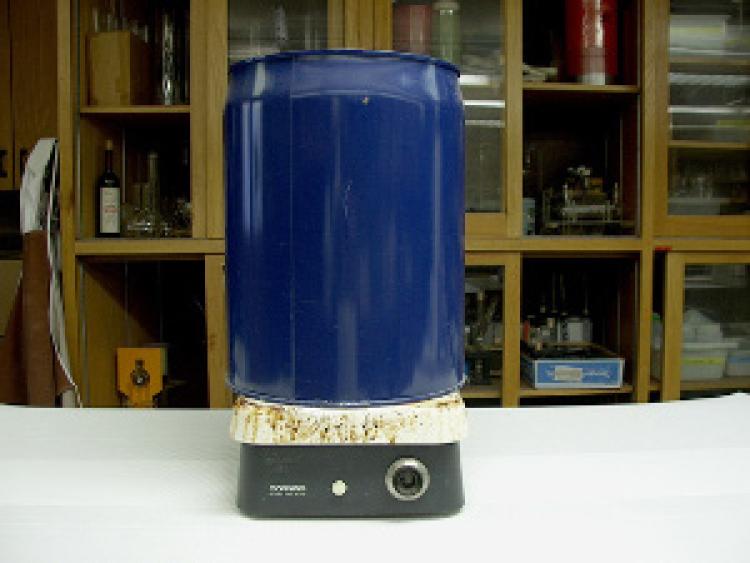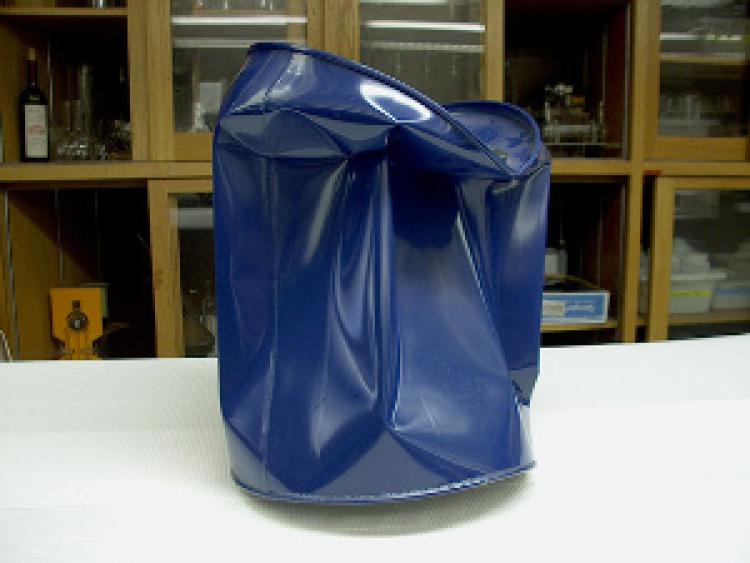When You Place a Sealed Can of Air on a Hot Stove Burner, the Can Undergoes an Increase in
G430: Pressure and Temperature – The Collapsing Tin
Introduction
A pocket-sized amount of water is added to an aluminum soda tin can and brought to boiling on a hot plate or with a Bunsen burner. The water gas molecules will occupy all the space inside the tin since the air molecules have been pushed out. The hot gas molecules are the same pressure as the air exterior the can. When the can is placed in cold water upside down, the hot gas water molecules are cooled very rapidly. Some of the gas molecules are condensed dorsum into liquid water so there are less molecules of water in the gas stage inside the can. The common cold water will also cool any remaining gas molecules, decreasing their kinetic energy and therefore decreases the number of collisions with the walls of the can. This decreases the force per unit area inside the can. Since the air pressure outside the can is stronger than that inside the tin, information technology causes the tin can to collapse.
H2O(g) à H2o(l)


To Comport Demonstration
- Place the can containing water on a hot plate (turned to loftier) or a ring stand with a Bunsen burner underneath.
- Let several minutes for the water to come to a full boil.
- Steam must displace the air within the tin; expect until you run into a steady flow of steam exiting the spout, then immediately remove the tin from the estrus and place in the ice water bath.
- Every bit the hot steam cools and condenses to water, a vacuum is created within the can and atmospheric pressure will vanquish it.
NOTES:
- 250 ml water to a 5 gallon tin can
- 20 min to boil, ane or 2 min to collapse. Collapsing will take longer if the can is left to heat longer and it itself gets hot.
- Requires a large hotplate.
Safety
If using a large tin practice non continue heating the can after inserting the rubber stopper every bit pressure will increase.
Source: https://www.colorado.edu/lab/lecture-demo-manual/g430-pressure-and-temperature-collapsing-can
0 Response to "When You Place a Sealed Can of Air on a Hot Stove Burner, the Can Undergoes an Increase in"
Publicar un comentario